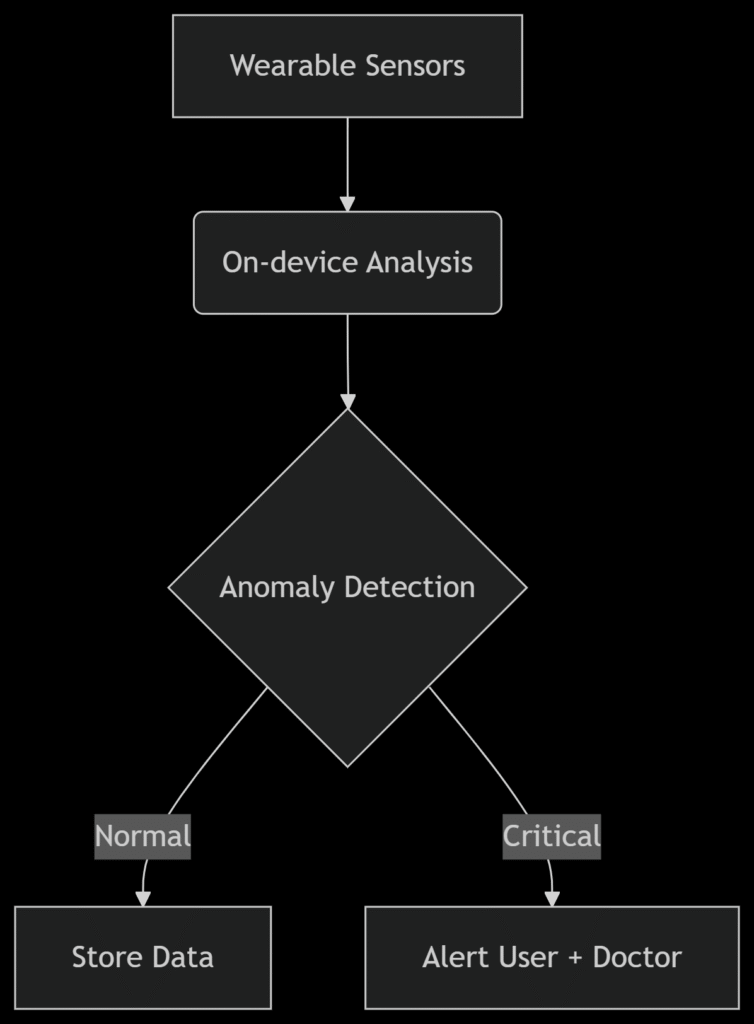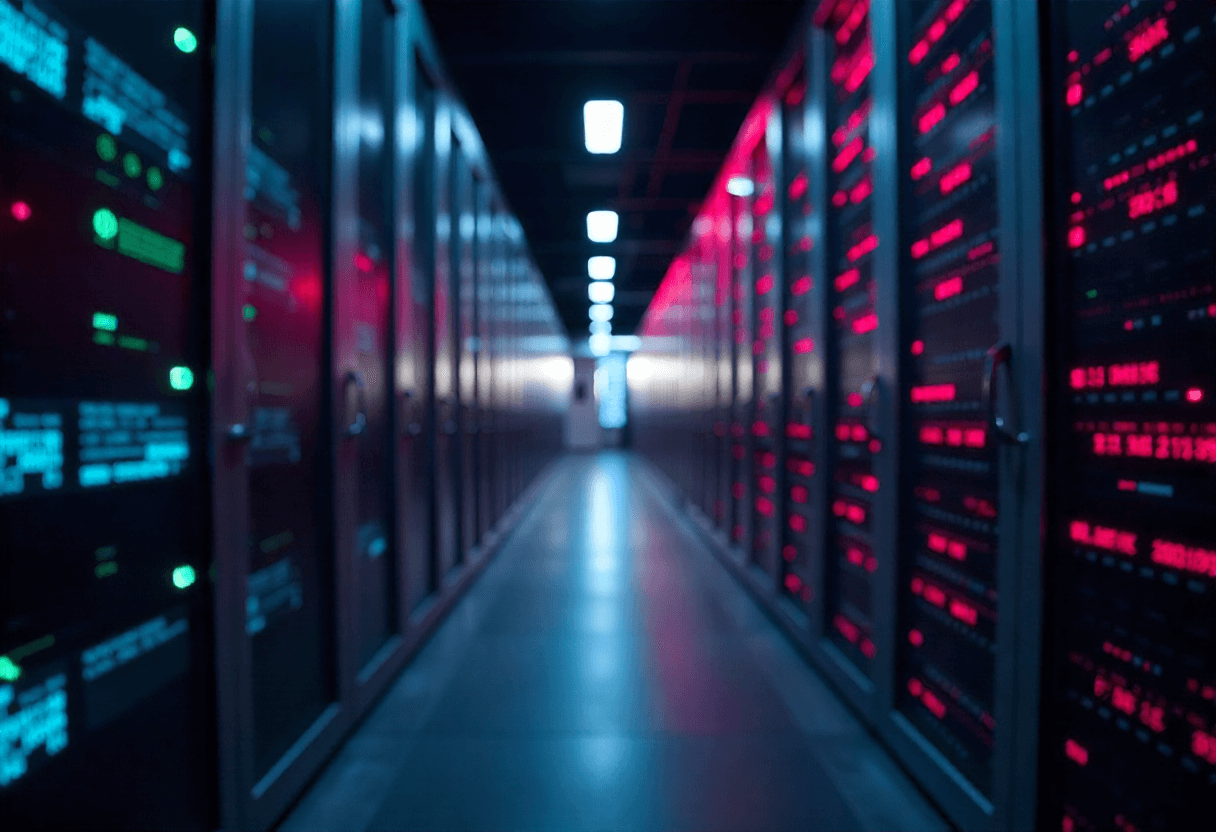Multimodal AI Content Revolution: Beyond Text to Immersive Experiences
AI infrastructure: Google/Meta commit $60B to new data centers, targeting 200 exaFLOP capacity by 2026
The $90B Infrastructure Boom
Hyperscaler Investments: Google/Meta commit $60B to new data centers, targeting 200 exaFLOP capacity by 2026
Edge AI Explosion: Manufacturing sensors and autonomous vehicles drive 300% YoY growth
Energy Crisis: AI data centers projected to consume 1,000 TWh by 2035 – equivalent to Japan’s entire electricity usage
1. Computing Race: Chip Architectures Compared
Performance vs. Efficiency (Q3 2025)
| Chip Type | Performance | Watts/TFLOP | Best Use Case |
|---|---|---|---|
| NVIDIA H200 | 100% | 210 | Cloud LLM training |
| SoftBank SambaNova | 87% | 185 | Research simulations |
| Google TPU v6 | 92% | 150 | Inference workloads |
| Tesla Dojo 2 | 95% | 170 | Autonomous vehicle vision |
Critical Shifts
Specialized ASICs: Google’s video-processing chips reduce Veo 3 energy use by 40%
Chiplet Designs: AMD’s modular approach cuts costs 30% vs. monolithic processors
Liquid Cooling Adoption: 78% of new data centers now use immersion systems
2. Edge AI Case Studies: Real-World Impact
Samsung Galaxy AI Health Monitor

- 94% reduction in cloud data transfer
- 17ms heart attack prediction (vs. 300ms cloud)
- FDA approval for real-time diagnostics
Toyota Smart Factory System
- Components:
- 5,000 edge sensors monitoring equipment
- On-site NVIDIA Jetson clusters
- Local anomaly detection models
- ROI:
- 43% fewer production line stoppages
- $8.2M annual energy savings
- 0.001% data leaves facility (security benefit)
- Components:
WAIT FOR
3. Green AI Solutions: Carbon Reduction Toolkit
Immediate Actions
| Tactic | Carbon Reduction | Implementation |
|---|---|---|
| Token Capping (e.g. ChatGPT) | 18-22% | Limit outputs to 500 tokens |
| Spatio-Temporal Scheduling | 30% | Run workloads in renewable-rich regions/times |
| Quantization | 40-60% | Use 8-bit models vs. 16-bit |
| Carbon-Aware Architecture | 25%+ | Select chips by regional grid mix |
Tool Stack
Microsoft Emissions Impact Dashboard: Real-time CO₂ tracking per workload
Google Carbon Sense: Auto-routes compute to greenest zones
ClimateWare API: Embeds carbon scores in CI/CD pipelines
*Example: Adobe cut inference emissions 63% using quantization + Oregon wind-powered data centers*
4. Startup Spotlight: CoreWeave’s $6B AI Facility
Design Innovations
Nuclear-Powered: 100MW small modular reactor (SMR) permits secured
Heat Reuse System: Captures 70% waste heat for district warming
Chip Diversity: 40% NVIDIA GPUs, 30% Graphcore IPUs, 30% custom ASICs
Efficiency Metrics
| Metric | Traditional DC | CoreWeave |
|---|---|---|
| PUE (Power Usage Effectiveness) | 1.5 | 1.08 |
| Water Usage (L/kWh) | 1.8 | 0.2 |
| Compute Density | 15kW/rack | 72kW/rack |
Implementation Roadmap
Phase 1: Assessment (Weeks 1-4)
Audit existing infrastructure carbon footprint
Identify 3-5 high-impact edge AI opportunities
Model cost/benefit of cloud vs. edge deployment
Phase 2: Optimization (Months 2-6)
Deploy token capping + quantization
Migrate 20-50% workloads to renewable zones
Pilot edge sensors for predictive maintenance
Phase 3: Transformation (Year 1-3)
Negotiate green power purchase agreements
Allocate 15% hardware budget to specialized chips
Build carbon tracking into all AI development
Critical Data Points
Edge AI reduces latency by 10-100x vs. cloud systems
Green AI techniques lower costs 18-35% while meeting ESG goals
Data center investments yield 23% average IRR through 2030
Infrastructure Imperative: Balance performance needs with sustainability. Prioritize edge deployments for latency-sensitive tasks, and mandate carbon accounting for all AI projects.


